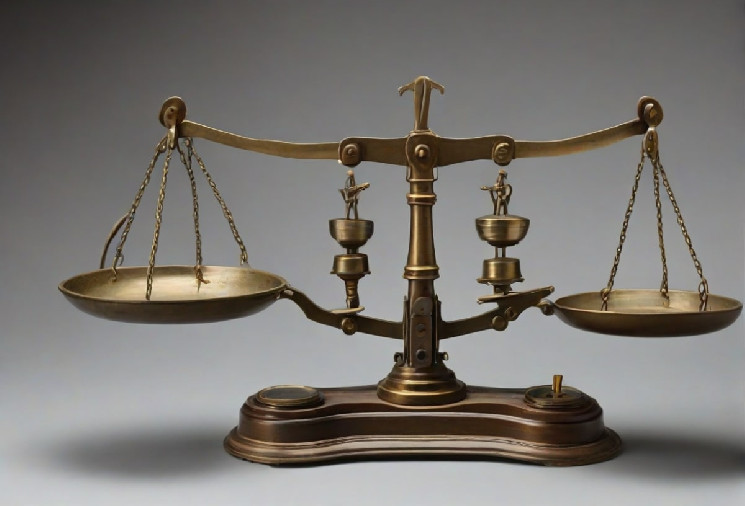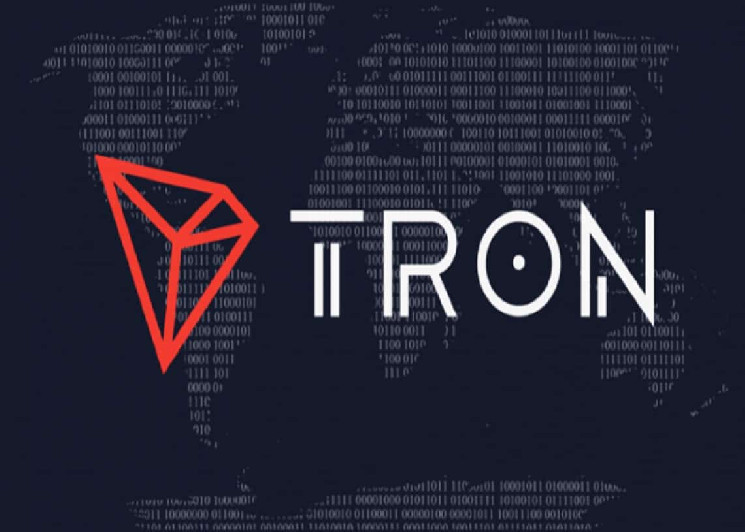This guest post from The Tokenist highlights the critical relationship between energy dynamics, Bitcoin mining, and AI within the crypto industry. The Federal Reserve’s 2020 monetary tampering has led to inflation, eroding people’s savings and requiring increased effort to maintain purchasing power. Decentralized, tamper-proof money like Bitcoin is the solution, grounded in proof-of-work mining that secures the network’s ledger against manipulation. Energy is essential for both Bitcoin mining and AI, with their combined energy consumption driving human productivity but raising concerns about optimization.
Developed nations with high energy consumption show a correlation with economic development, as seen in the per capita electricity generation versus GDP chart. Generative AI and Bitcoin mining represent the latest civilizational layers, increasing energy demands. The DOE notes that data servers already consume significant electricity, with predictions of even higher consumption in the coming years. To address this, optimization efforts are essential in both Bitcoin mining and AI.
Bitcoin mining has made strides in energy efficiency through ASIC machines and cooling solutions. In contrast, AI energy consumption has been dominated by Nvidia GPUs, with advancements in microarchitecture leading to reduced energy costs. However, energy consumption optimization goes beyond hardware upgrades, presenting an opportunity for Bitcoin mining to lead the way.
Bitcoin mining’s role in energy management is crucial for balancing electric grids and optimizing energy consumption. By situating mining facilities near energy sources, such as nuclear power plants, companies like TeraWulf are achieving cost-efficient operations with zero-carbon energy. The integration of Bitcoin mining with AI data centers offers opportunities for load balancing and grid stability, providing a real-time response to fluctuations in energy supply and demand.
In conclusion, the alignment of Bitcoin mining and AI under the HPC umbrella presents opportunities for collaboration and innovation in the crypto industry. As Bitcoin mining companies demonstrate flexibility in load following, they can play a crucial role in supporting AI data centers and improving overall energy efficiency. Hybrid data center strategies that combine Bitcoin mining capabilities with AI operations are already emerging, signaling a shift towards a more integrated approach in the crypto ecosystem.









